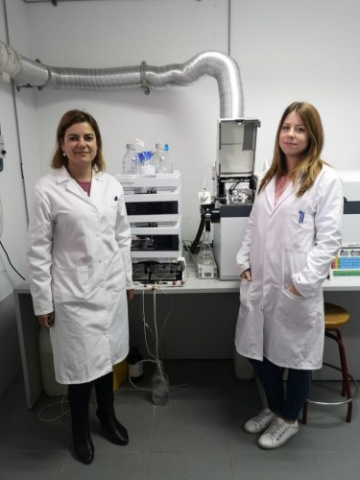Medicina
Mice reveal 38 new genes involved in hearing loss
Noticia en inglés
A large-scale screen of mouse mutants has revealed multiple new genes involved in hearing loss, according to a study publishing April 11 in the open-access journal PLOS Biology by Karen Steel of King's College London and the Wellcome Sanger Institute, and colleagues. The new genes identified reveal metabolic pathways and regulatory processes involved in hearing and provide a rich source of therapeutic targets for the restoration of hearing.
Progressive hearing loss with age is extremely common in the population, leading to difficulties in understanding speech, increased social isolation and associated depression. It has significant heritability, but so far very little is known about the molecular pathways leading to adult-onset hearing loss, hampering the development of treatments. Steel and colleagues took a genetic approach to identifying new molecules involved in hearing loss by screening a large cohort of newly generated mouse mutants using a sensitive electrophysiological test, the auditory brainstem response.
The large-scale screen of 1,211 new targeted mouse mutants resulted in the identification of 38 genes underlying hearing loss that had not previously been suspected to be involved in hearing. Some of these genes reveal molecular pathways that may be useful targets for drug development. Eleven were found to be significantly associated with auditory function in the human population, and one gene, SPNS2, was associated with childhood deafness, emphasizing the value of the mouse for identifying genes and mechanisms underlying complex processes such as hearing.
![[Img #55057]](https://noticiasdelaciencia.com/upload/images/04_2019/4643_197694_web.jpg)
Organ of Corti whole-mount image, with sensory hair cells labelled with Myo7a antibody (red) showing 3 rows of outer hair cells (top) and one row of inner hair cells (bottom). Nuclei labelled with DAPI (blue). (Credit:
Elisa Martelletti)
Further analysis of the genes identified and the varied pathological mechanisms within the ear resulting from the mutations suggests that hearing loss is an extremely heterogeneous disorder and may involve as many as 1,000 genes. According to the authors, the findings suggest that therapies may need to be directed at common molecular pathways involved in deafness rather than individual genes or mutations. (Fuente: PLOS)


